From inside my tent next to the St Croix River I heard what sounded like a large object splashing into the water. Again and again it was the same splashy sound. A big fish, or a very big fish? It was 24 degrees outside, and I could no longer delay my exit from my warm sleeping bag. I looked to the river. Beavers! The two beavers near my camp would slap their flap-like tails before diving into the depths of the river. Perhaps it is their way to scare up breakfast. But the sound of beavers set the tone for the first week of my hike.
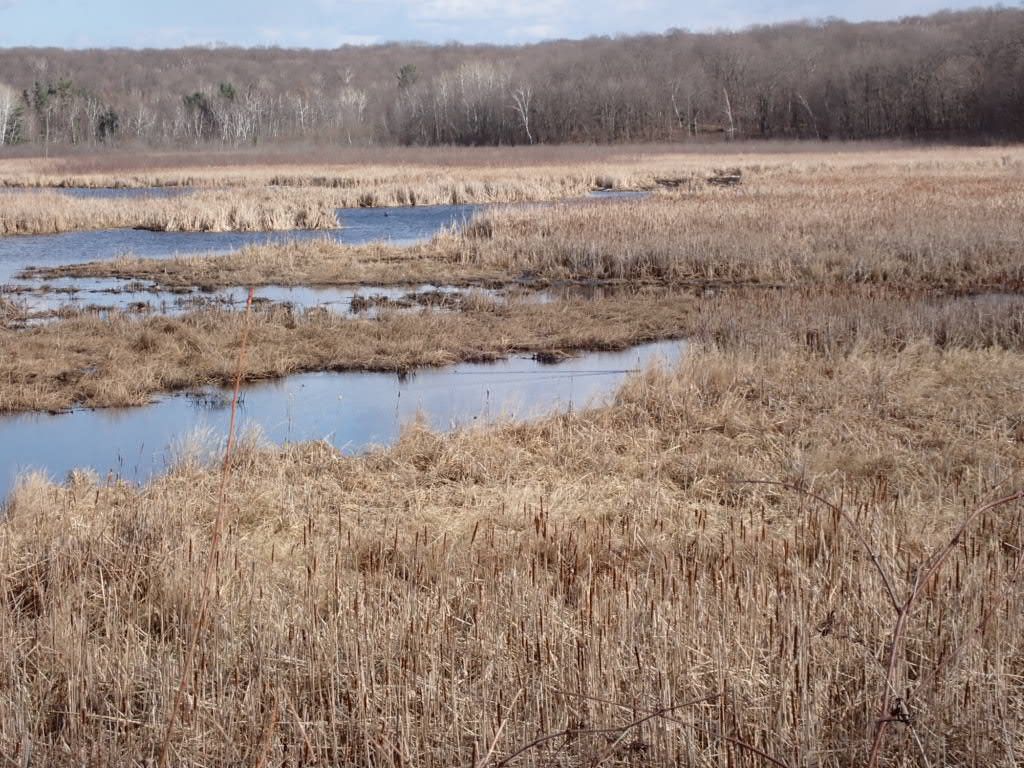
On Days 2 through 5, the weather was outstanding, and the conditions enabled me to enjoy the sights and sounds of wildlife along the IAT. The many ponds and small lakes are homes for swans, Canada Geese, Snow Geese, ducks, and, of course, the beavers. I stopped often to listen. I heard several species of owls hooting day and night. Sometimes, near one of many partially frozen lakes, two Geese would honk in protest of my presence. Nearly all of the first 98 miles of my IAT experience have been solitary except for the birds, waterfowl, a couple of deer, and beavers. Oh, but I will never forget the tiny, curious chipmunk peeking through a tiny hole in the trunk of a large tree.
The ground is soft and muddy in places because snow melted recently. The tracks of numerous animals are visible where the trail is not covered by fallen leaves. Deer, for sure. Coyotes, too. Bear? Fishers? Weasels? Racoon? Wolves? I simply enjoyed the idea that I was hiking a relatively mellow trail in the presence of so much life. The land in this part of Wisconsin consists of a variety of ownership and protection status, and is intended to preserve habitat for wildlife, timber resources and provide us with opportunities to learn about the unique geology here. The IAT follows the glacial moraine left by the Ice Age flows 10,000 years ago. Hummocks are among the most obvious of those glacial remnants I walked upon. They were formed when glacial ice trapped under thick sediment melted slower than surrounding ice, causing the sediment to slump downhill. As the ice melted further the sediment flowed downhill and remained as hills. A photo of an interpretive sign, below, describes it better. The IAT sometimes resembled a roller coaster in the hummocks. I will write more about moraines later.
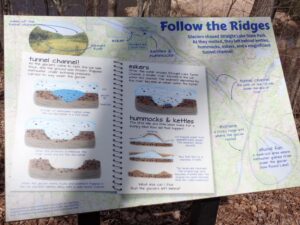
I meandered through named segments of the trail: Start Croix River, Gandy Dancer, Trade River, Straight Lake, Straight River, Pine Lake, Mckenzie Creek, Indian Creek, Sand Creek, Timberland Hills, Grassy Lake and Bear Lake. Hiking between 15 and 21 miles each day on the mellow trail feels great! On Sunday, March 30, I woke to an inch of icy snow. Once I shook the snow off my tent, only 5 miles remained to walk into the town of Haugen, where I enjoyed the satisfying “Northwoods Special” breakfast in the friendly Lona’s Corner Café. I was still 7 miles of roadwalking from my destination in Rice Lake. Despite the stiff wind and freezing temperature, I was comfortable thanks to the warming layers I wore.
Before coming to Wisconsin, several people described the generous and friendly nature of the people along the IAT. Sure enough, while putting one step in front of the other on the cold shoulder of a county road, an oncoming car slowed and came to a stop. The man in the car offered to drive me to Rice Lake. I happily placed my backpack in the back seat, petted the friendly dog, and hopped in. What a great start to the Ice Age Trail!
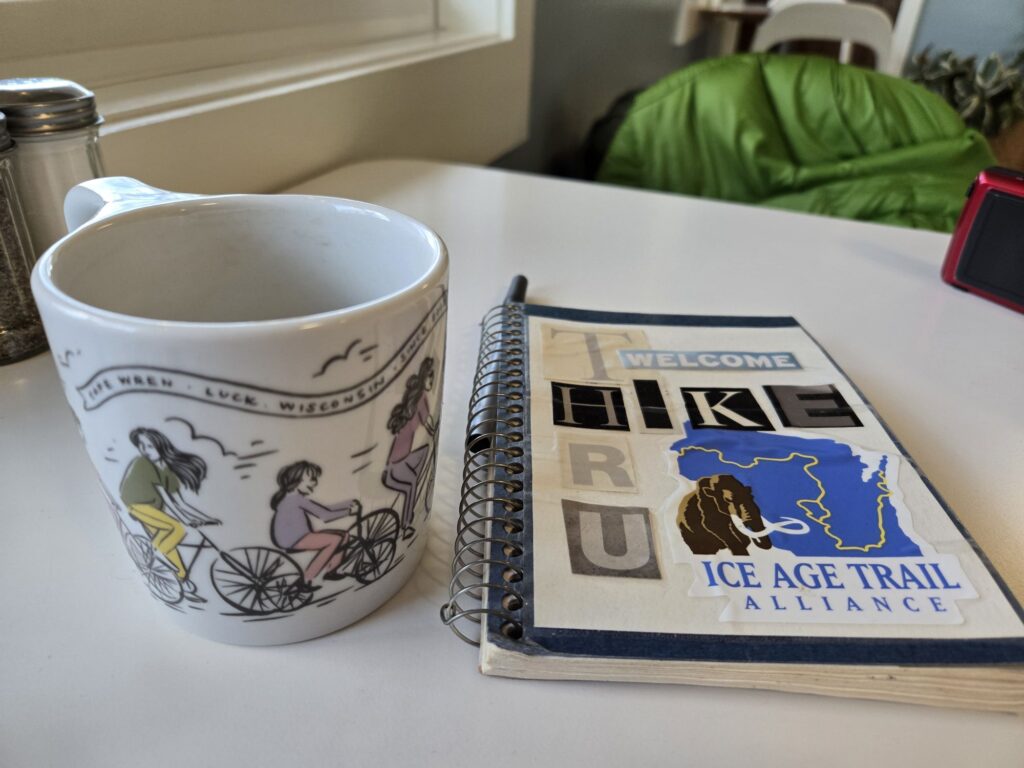
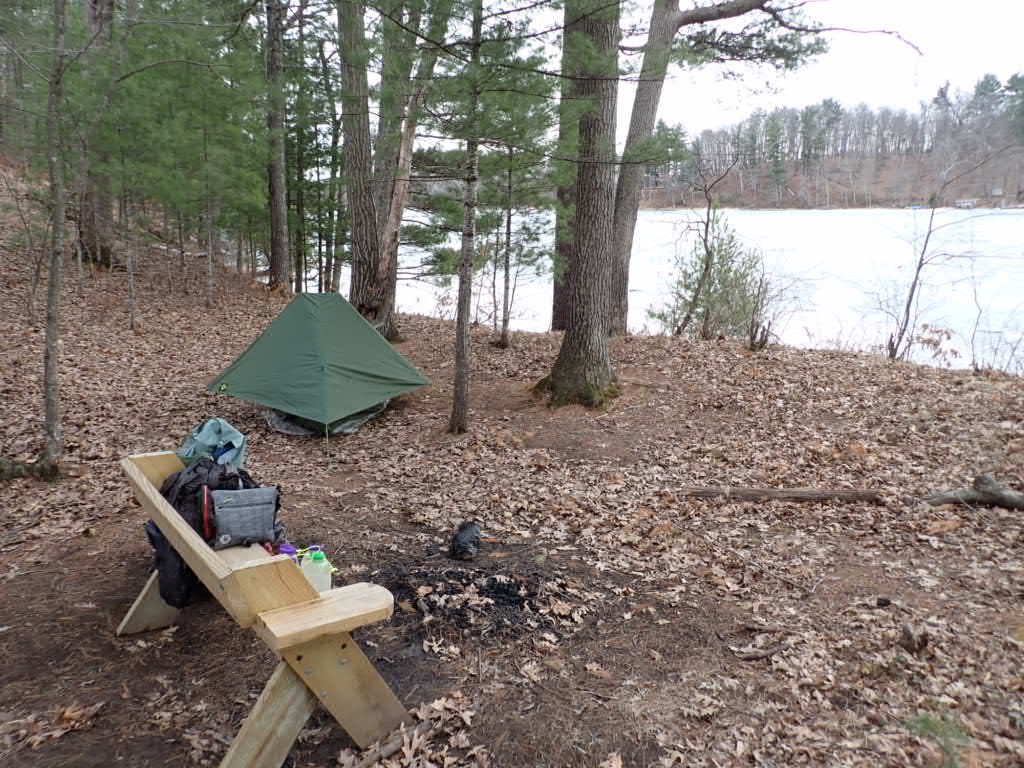
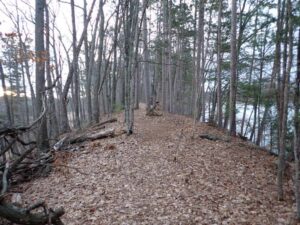
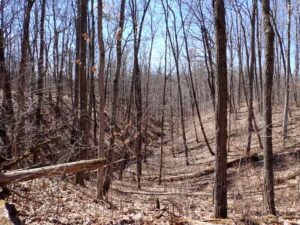
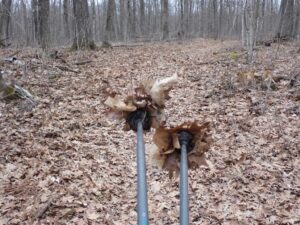
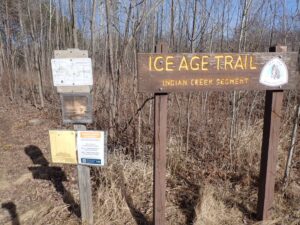
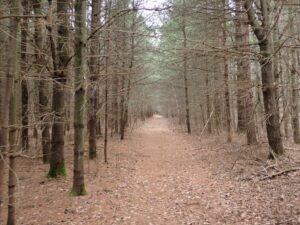
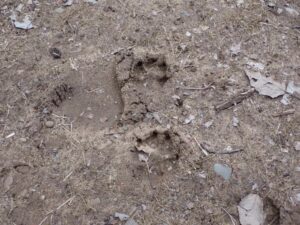
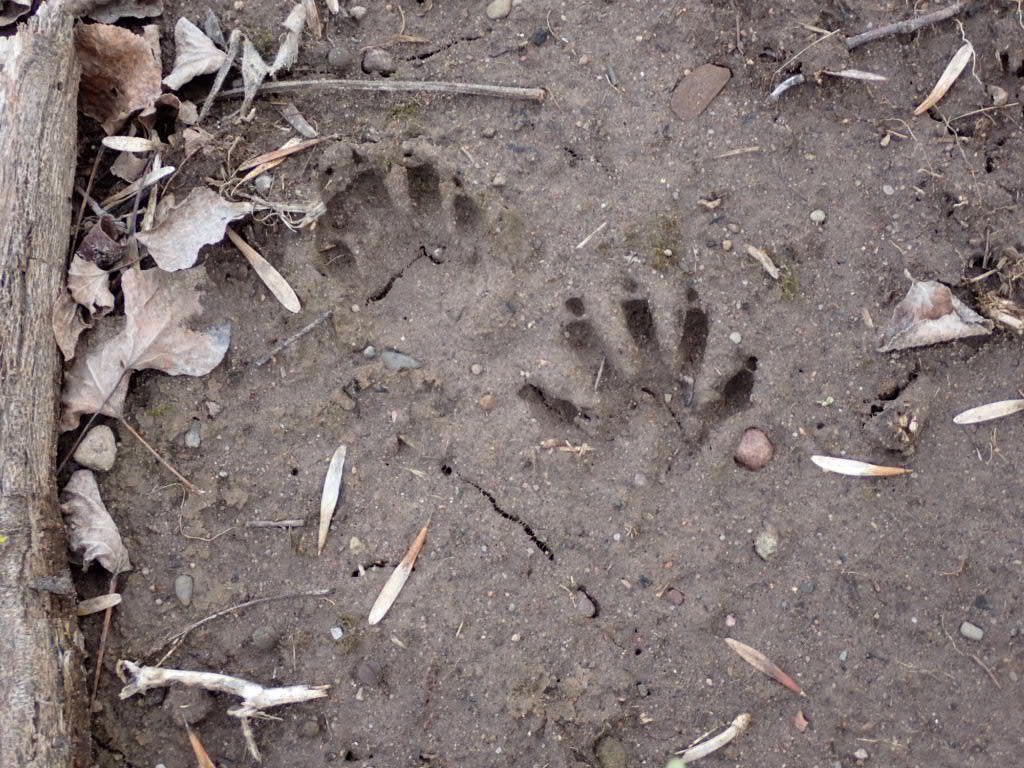
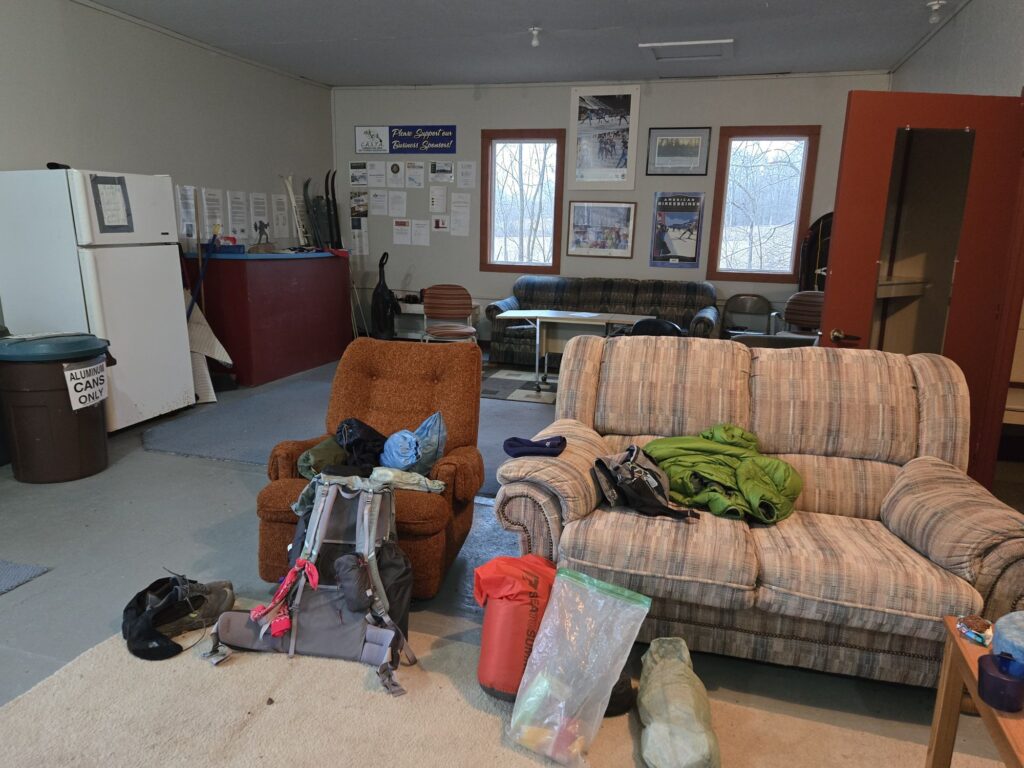
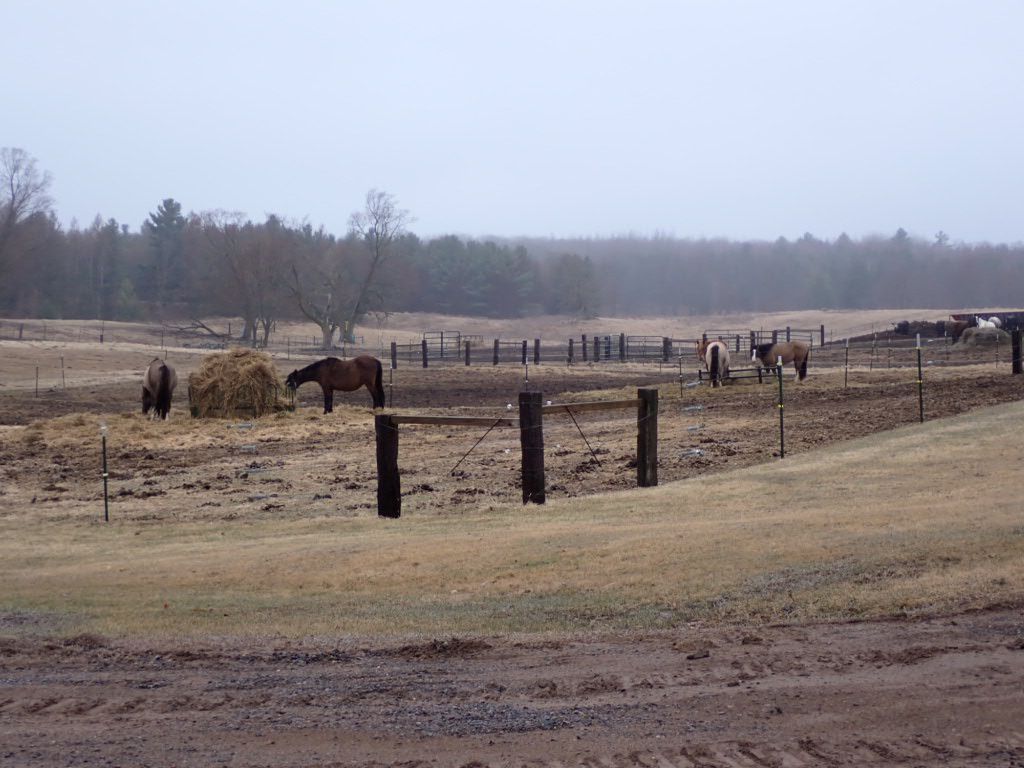
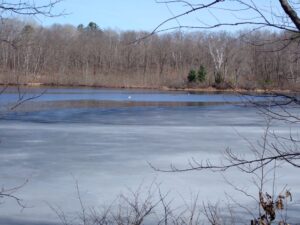
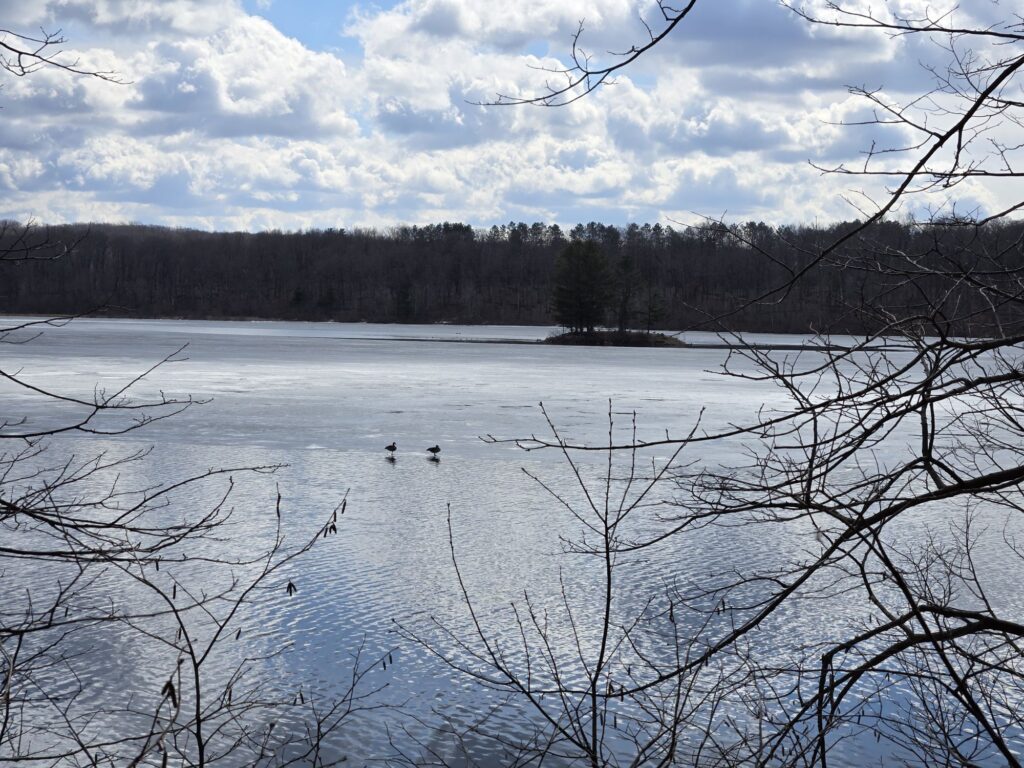
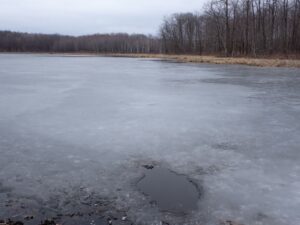
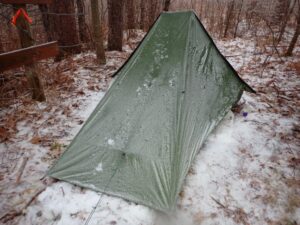
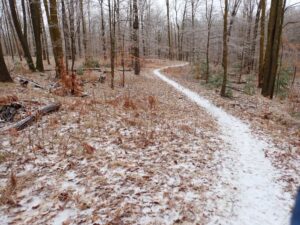
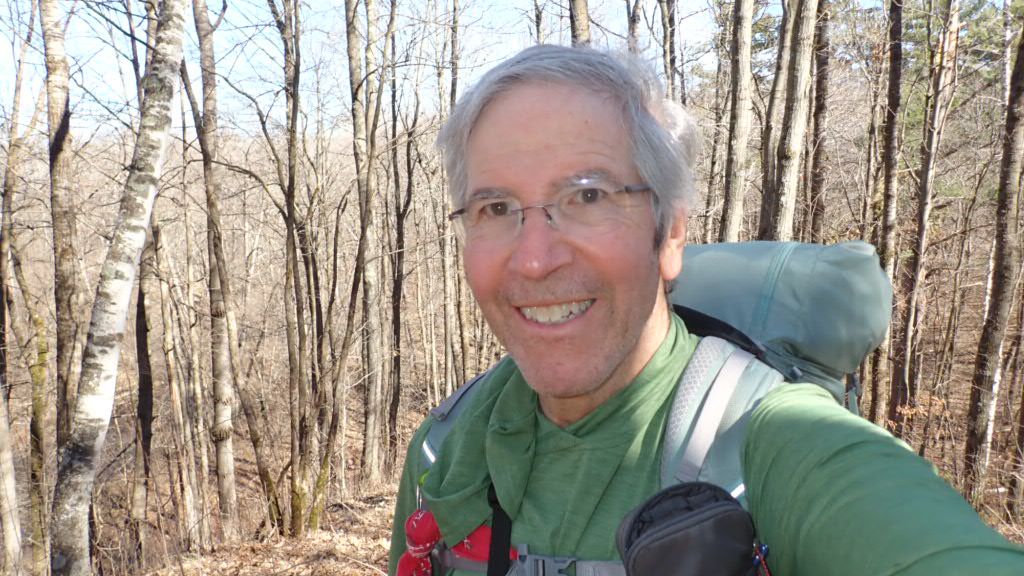
– Roger Carpenter / Greg in Wild
Hike On!

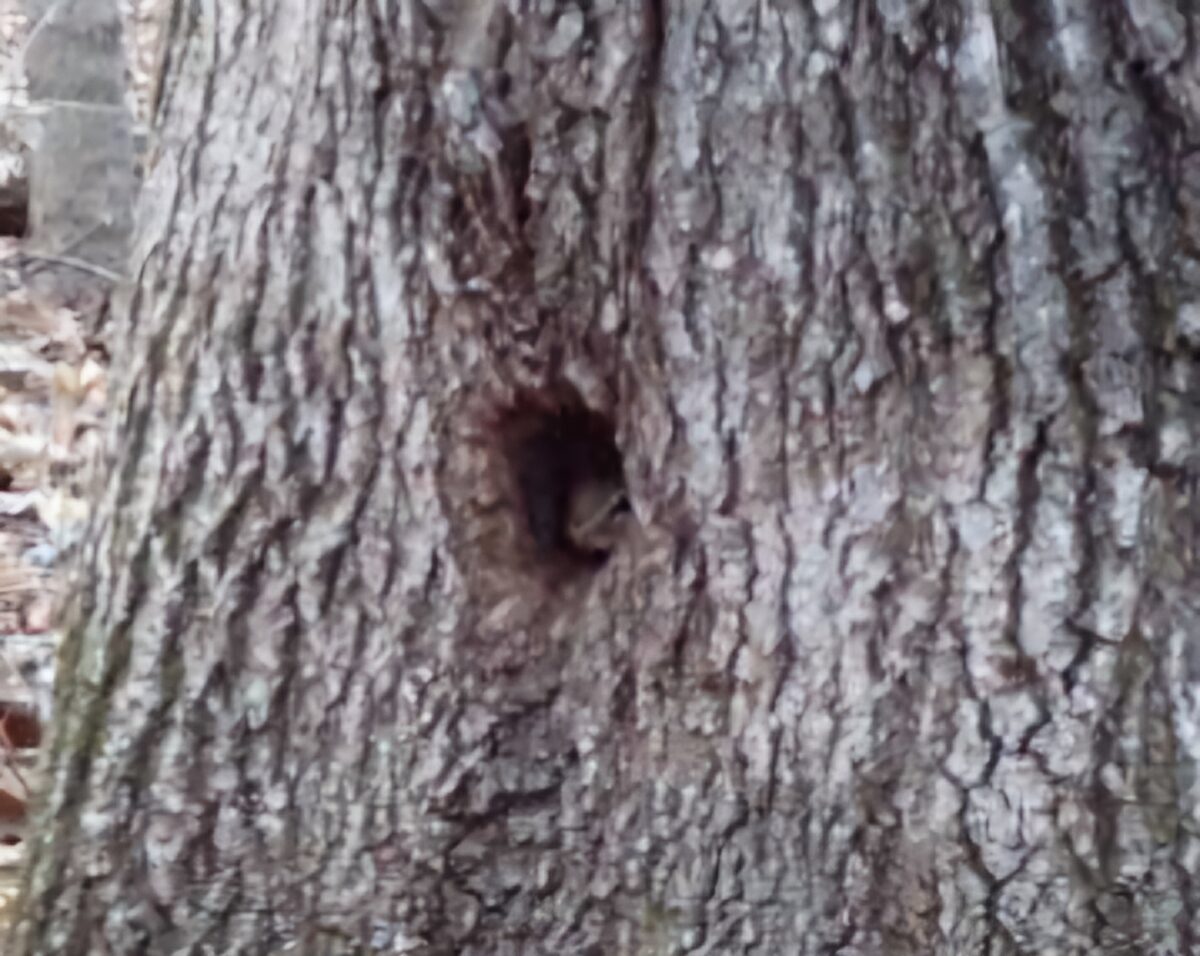
Nice to meet you, Roger. Hope to see you in the southern Kettle Moraine. Greg & Mary Beth
Looking good Roger! Looks pretty chilly but no mosquitos either which is a big plus. Very glad you are enjoying it. 15-21 miles are good long hikes. Happy trails!
Thanks for sharing what you see.on your ambitious journey. Spring is coming !
Glad the hike is going well for you! Wisconsin people are real.
Walking with you in my imagination old pal
Roger: I’m almost certain those “Mystery tracks” are bear claws, most likely very small black bears. I learned all about bear claws when I lived in Alaska–had to know what I was dealing with. I could be wrong but I don’t think so.
Good hiking. John McDonald